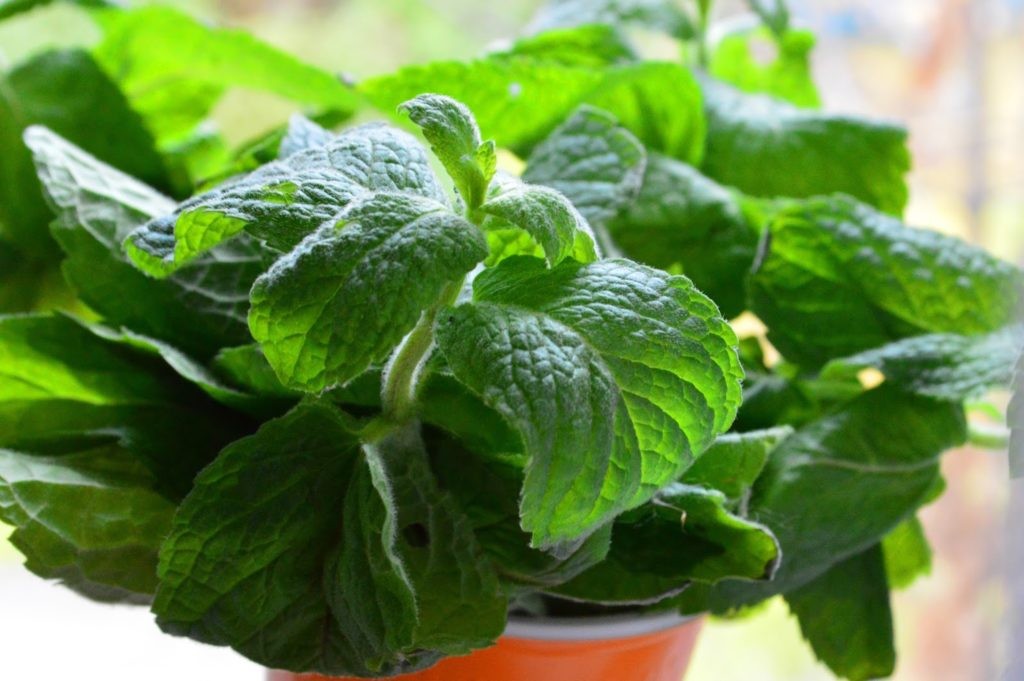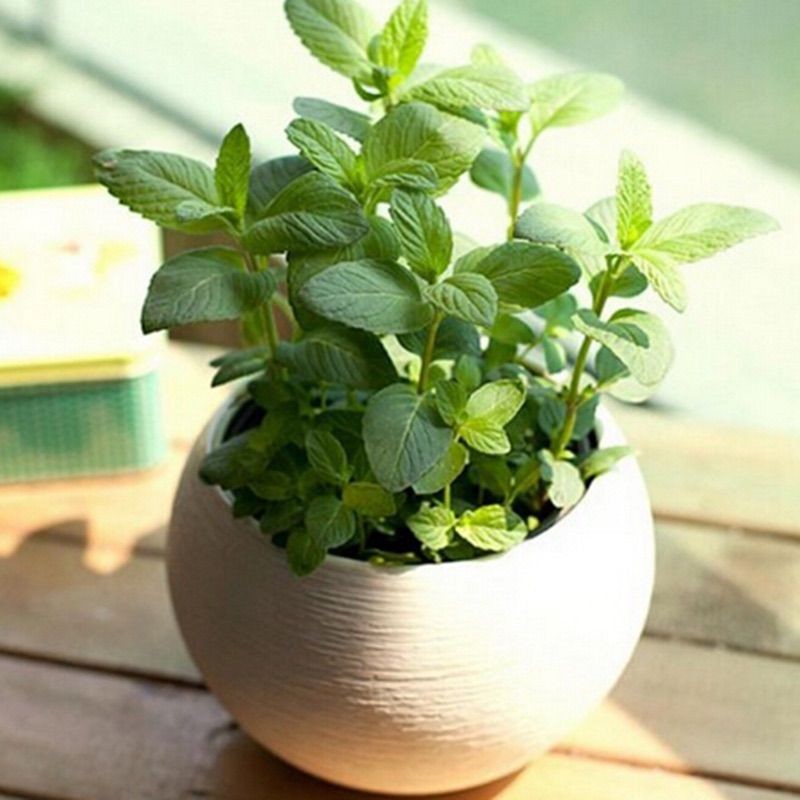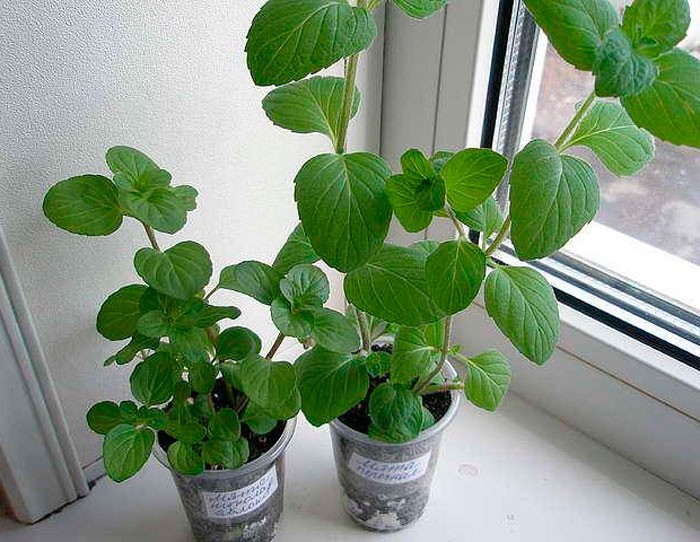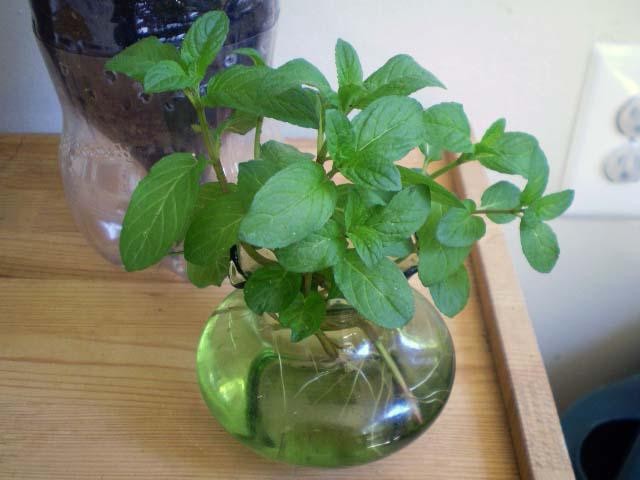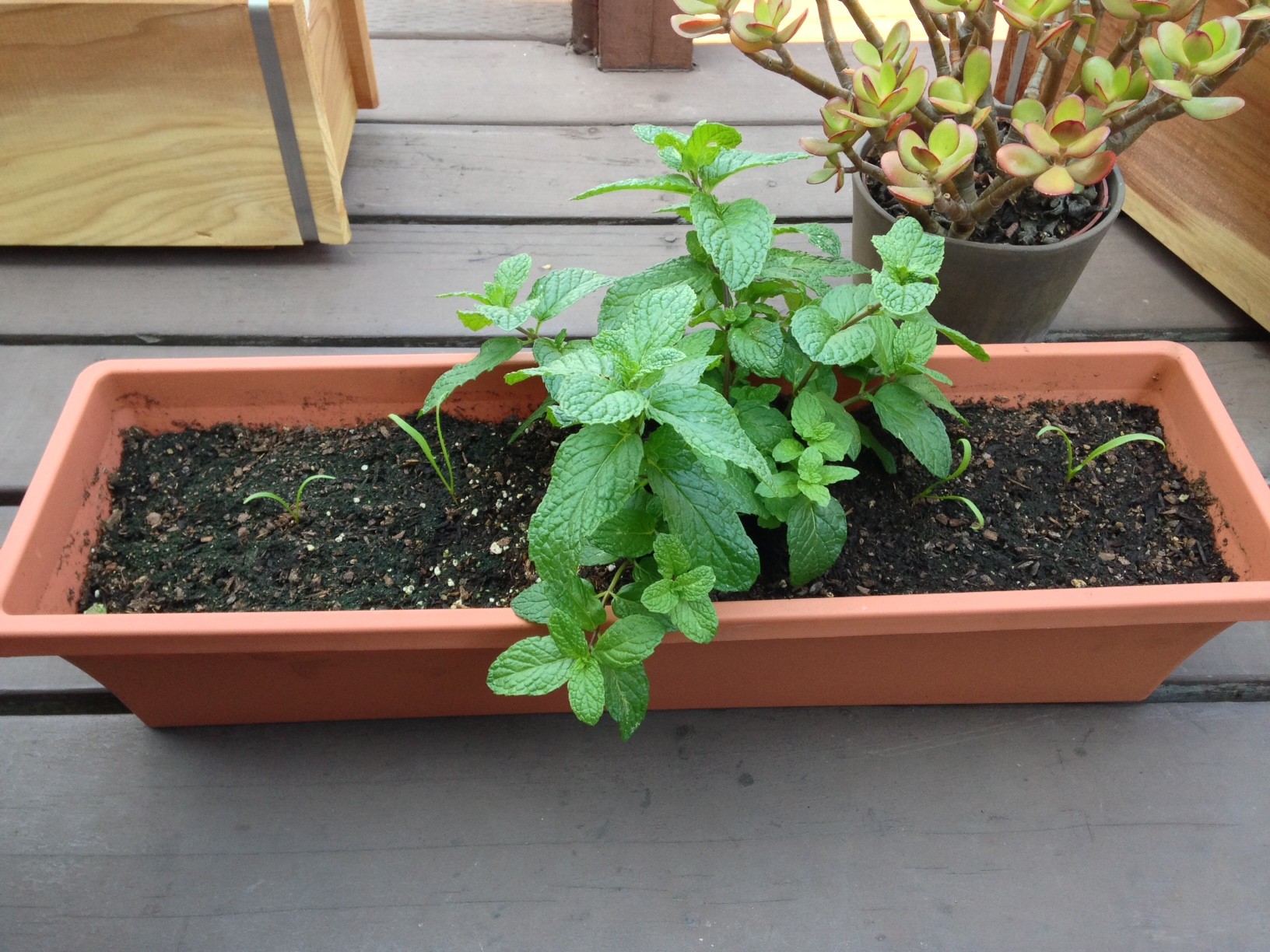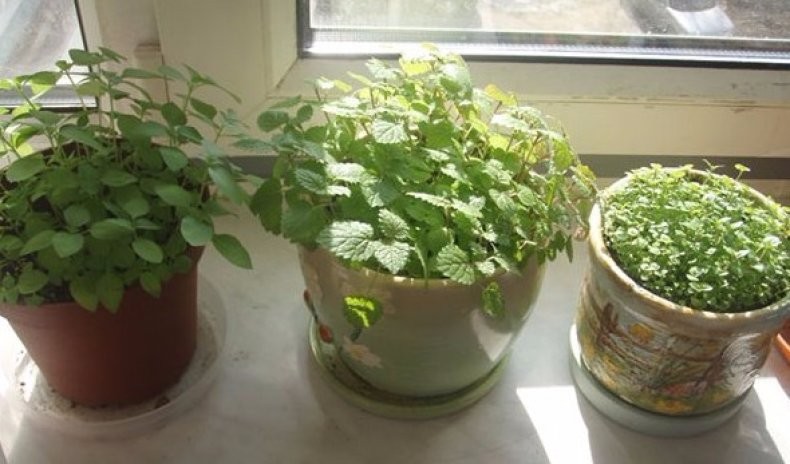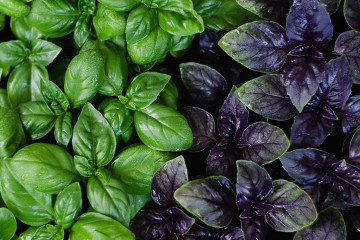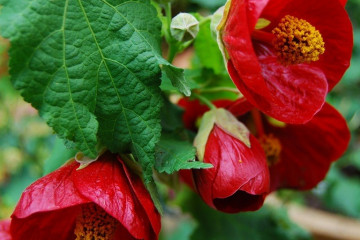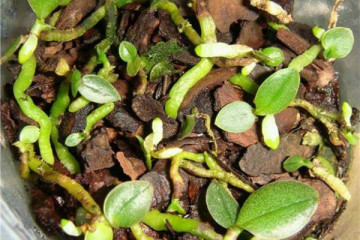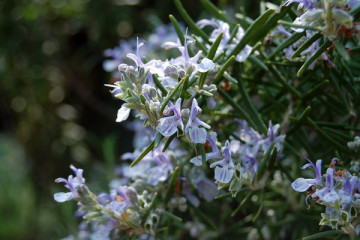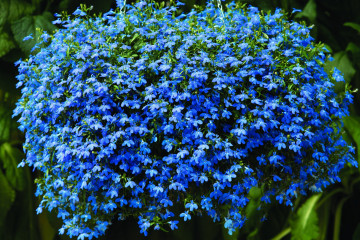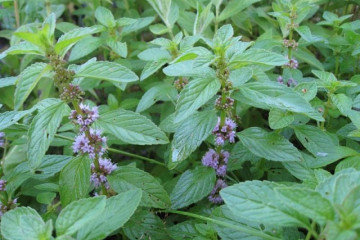How to grow mint at home on a windowsill from seeds
Content:
Mint is a plant that not only tastes good, but also has a beneficial effect on the human body. This is a horticultural culture, so it is more common in vegetable gardens and plots. However, many people have a question about how to grow mint at home on a windowsill. This is easy to do, the main thing is to follow all the necessary rules and take into account the characteristics of the plant. Then you can enjoy an excellent harvest all year round.
Growing mint on a windowsill in an apartment
Before growing mint at home, you will need to prepare the soil, container and planting material.
What types of mint are suitable for growing
Houses can be grown the same species that are planted in garden plots. The most popular among them are the following:
- peppery;
- menthol;
- feline;
- curly;
- lemon;
- chocolate.
For growing at home, it is worth choosing varieties of mint that are compact and small in size so that you can put the pot on the windowsill. Experienced gardeners often choose varieties with the names Ceremony, Zabava, Penniroyal, Spearmint, Pearl, Kuban, Strawberry mint.
Preparatory activities before planting mint
It is important to follow simple rules, prepare all the necessary tools and materials before planting mint at home.
Choosing a plant placement
The right place for the pot plays a significant role. Mint loves light, so it's best to choose lighted windowsills. However, it is worth remembering that direct sunlight should not fall on parts of the plant so that burns do not occur.
In winter and autumn, the plant may need additional lighting with special lamps. With a lack of light, the shoots will stretch. The most suitable temperature for the normal development of a flower is from +20 to +25 degrees.
Preparing a container for planting
The mint root system grows to the sides, not in depth, so it is better to choose wide containers. You can choose a round pot or take a simple box, the main thing is that it fits on the windowsill. At the bottom of the container, it is imperative to make drainage by pouring a layer of expanded clay approximately 3 cm high
What kind of soil is needed
Mint on the windowsill grows well in any soil. However, it is best to choose loose and fertile soil. You can buy ready-made soil for home flowers, or simply mix peat with sand.
Preparing seeds or rooting cuttings
Mint can multiply in several ways:
- With the help of seeds.This method does not require much effort, but rather long - small seeds germinate for a long time.
- Cuttings. The method is quite simple. It is he who allows you to quickly get new plants.
- Transplanting ready-made bushes from open ground. The transplanted plant will grow very quickly.
Before planting mint at home in a pot, you need to properly prepare the planting material. The seeds purchased in specialized stores have already been processed with the necessary means. However, if you wish, you can soak them for a while in stimulating solutions - "Epin" or "Zircon".
If propagation by cuttings is planned, then they must first be prepared:
- Cut off shoots about 10 cm long from an adult plant.
- Then place them in a container of water.
- After a while, small roots will appear on the shoots.
- The cuttings can then be planted in pots with moist soil to take root.
Sowing seeds
Planting seeds is also quite simple:
- Seeds should be poured onto a damp cloth, covered with plastic on top and left for a couple of days.
- Prepare a container for planting. Cover with drainage and earth, slightly moisten.
- Spread the seeds on the soil, pressing lightly with your hands. Do not bury the planting material deeply, otherwise it may not germinate.
- Spray soil with a spray bottle.
- The container must be covered with glass or foil to create a greenhouse effect.
After the appearance of the first shoots, the shelter is removed and they continue to care for small plants, observing all the necessary conditions.
How to care for mint on a windowsill after planting
The first small plants will appear in about a couple of weeks after sowing the seeds. It is necessary to wait until they have second leaves (real), and then transplant them into separate containers. As you grow, you need to monitor the bushes. When the mint in the pot reaches a height of about 8 cm, then it is worth tying it to the pegs so that it does not bend or break.
Illumination and temperature conditions
Young plants should not be left in the sun, but they also need light. If necessary, you can shade them a little with a newspaper. In the summertime, the flower pot can be left on the balcony. On average, the temperature should be about +25 degrees. Mint does not really like heat, like cold. In winter, it is necessary to determine a place for the plant where there will be no drafts and the temperature will remain at + 17-20 degrees. Too low values negatively affect mint, it does not tolerate cold well and may die.
Watering rules and humidity
Mint in a pot at home is not too demanding on humidity, but during the heat it is best to leave a container of water nearby. It will evaporate and maintain the required moisture level in the air.
To obtain a quality plant, it is recommended to follow the watering regime:
- Watering is carried out when the topsoil dries out a little. In summer, 2-3 times a week is enough, in winter - one. In this case, no stagnation of liquid should be observed.
- It is recommended to regularly spray the flower so that dust does not accumulate on the leaves.
- For irrigation, settled water is used. It is best to keep it in bottles for about 3-4 days.
Top dressing and soil quality
At home, mint does not require special feeding. Enough once in the summer. For this purpose, urea can be used (0.5 g of urea per 0.5 l of water). The solution is used for watering. If you feed the mint with special mineral fertilizers, then the dosage must be reduced several times.In winter, feeding is not needed.
Timing of collecting mint at home
You can pick mint at home after about a couple of months after planting. At this time, the flower reaches 18 cm in height. The crop grows pretty quickly, so pruning should be done regularly. The correct collection is carried out as follows:
- The leaves must be torn off at a distance of about 1.5 cm from the stem, this contributes to the rapid further growth of the mint.
- You cannot completely tear off the shoots, you need to leave the stems 2/3 so that they grow further and not die.
- The most fragrant leaves should be picked during the period when the buds have appeared, but there is still no flowering.
- If you remove the peduncles, then the bush will be more lush. As a result, the harvest will be more abundant.
How to preserve leaves
Cut shoots and leaves can be stored in a container in the refrigerator. Drying of the collected material is also allowed. It is enough just to spread it out on napkins or newspaper, periodically turn it over until the leaves become brittle. It is better to store dried mint in paper or cloth bags.
The main mistakes when planting and growing
The main problems with the plant arise from improper care. The most common mistakes are the following:
- Lack or excess of watering - the bush does not tolerate drought or "swamp".
- Lack of light. Additional lighting is required if necessary.
- Finding the pot in extreme heat causes the leaves to dry out.
- The presence of drafts and too low air temperatures can lead to the death of the plant.
It is important to follow simple care conditions for the plant to develop well.
Diseases and pests
The most common disease in mint is leaf rust. This is a fungal disease that occurs for several reasons - excess moisture, low temperatures, frequent drafts, and an increased amount of nitrogen in the soil.
In a diseased plant, it is necessary to cut off the affected stems, treat the rest with special antifungal agents. Before using such shoots, it is worth soaking them in cold water for half an hour.
Often, mint is affected by diseases such as powdery mildew, anthracnose, verticillosis. You can cope with them using special tools.
Of the pests, mint can be chosen by leaf beetles, scale insects, weevils, mint mites and fleas. Some insects can get into the pot along with the soil. To get rid of them, special chemical agents are used, it is allowed to use folk recipes.
Now, probably, many have understood how to grow mint at home. There are several ways to propagate a plant, so it is easy to choose the most suitable one. Even a novice agronomist can handle planting and care, the main thing is to follow all the rules and conditions so that the plant grows and develops well.
